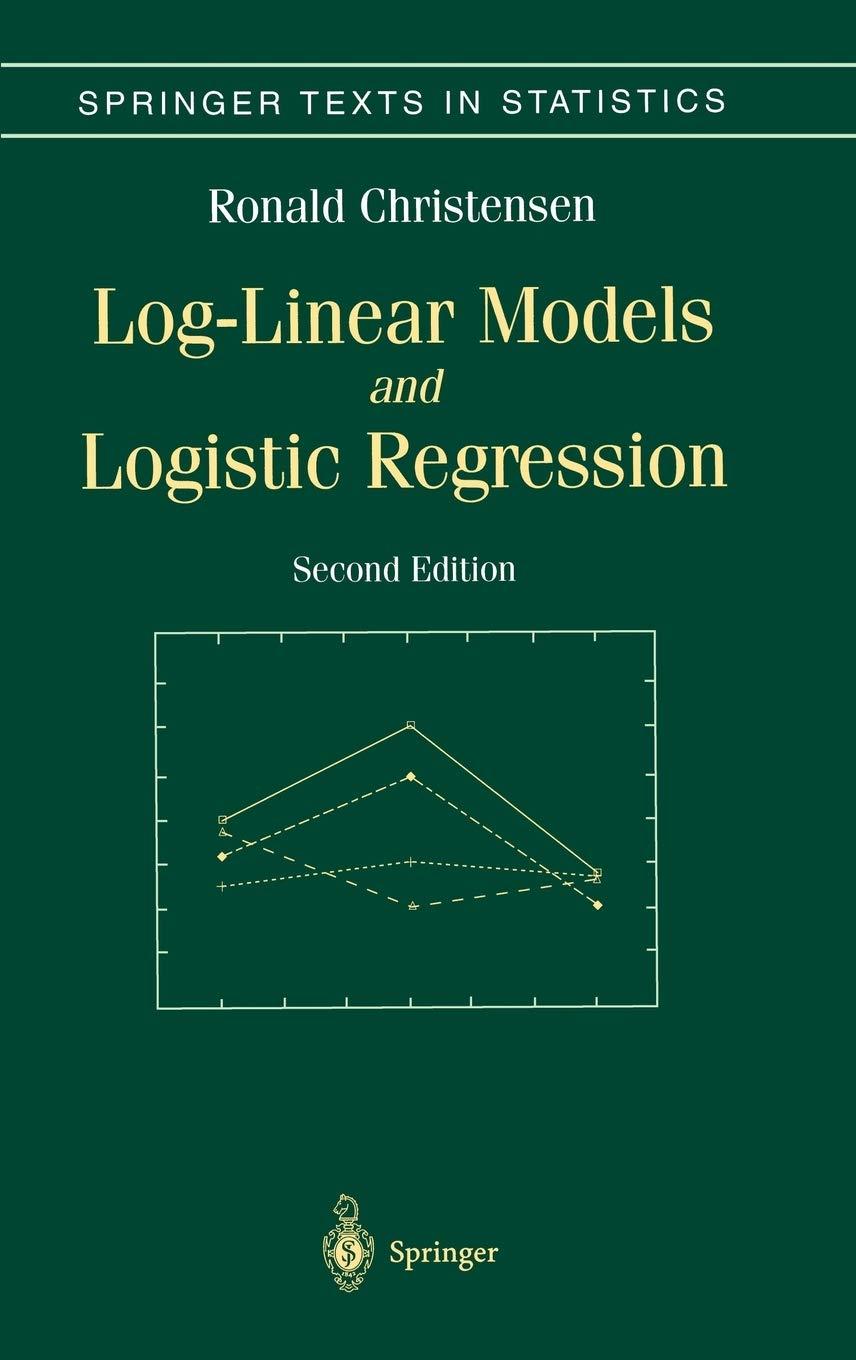McNemars Test. McNemar (1947) proposes a method of testing for homogeneity of proportions among two binary populations
Question:
McNemar’s Test.
McNemar (1947) proposes a method of testing for homogeneity of proportions among two binary populations when the data are correlated. (A binary population is one in which all members fall into one of two categories. Homogeneity means that the proportions in each category are the same for both groups.) If we restrict attention in Exercise 2.7.10 and Table 2.9 to the subpopulation of Tall and Medium people, we get an example of such data. The data on a husband and wife pair cannot be considered as independent, but this problem is avoided by treating each pair as a single response. The data from the subpopulation are given below.
Wife Husband Tall Medium Tall 18 28 Medium 20 51 Conditionally, these data are a multinomial sample of 117. The probability of a tall woman is p11 + p21 and the probability of a medium woman is one minus that. The probability of a tall man is p11 + p12 and again the probability of a medium man can be found by subtraction. It follows that the probability of a tall woman is the same as the probability of a tall man if and only if p21 = p12. Thus, for 2 × 2 tables, the problem of homogeneity of proportions is equivalent to testing for symmetry. McNemar’s test is just the test for symmetry in Exercise 2.7.10 applied to 2 × 2 tables.
Check for homogeneity of proportions in the subpopulation. For square tables that are larger than 2×2, the problem of testing for marginal homogeneity is more difficult and cannot, as yet, be addressed using log-linear models. Nonetheless, a test can be obtained from basic asymptotic results, cf. Exercise 10.8.6.
Step by Step Answer:

Log Linear Models And Logistic Regression
ISBN: 9780387982472
2nd Edition
Authors: Ronald Christensen






